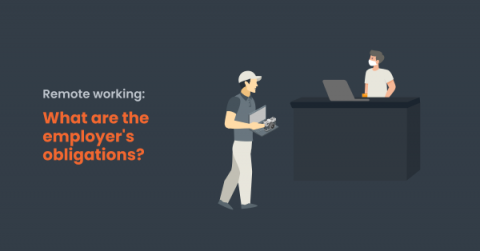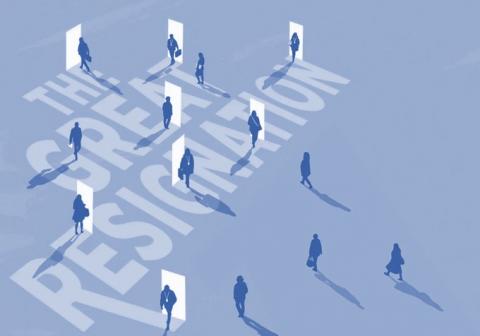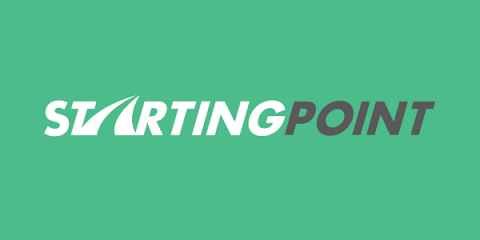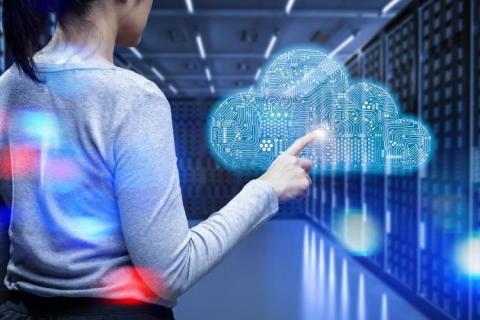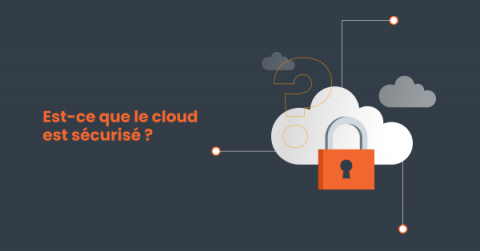Telework: The employer's obligations
Government measures that were put in place to limit the spread of covid-19 forced employers to change the working conditions of employees. The most common measure was the requirement to work remotely whenever possible. With the relaxation of health measures, some employers have decided to reinstate the working conditions that previously existed. Others, on the other hand, have opted for the flex office to continue to offer employees the opportunity to work from home.


